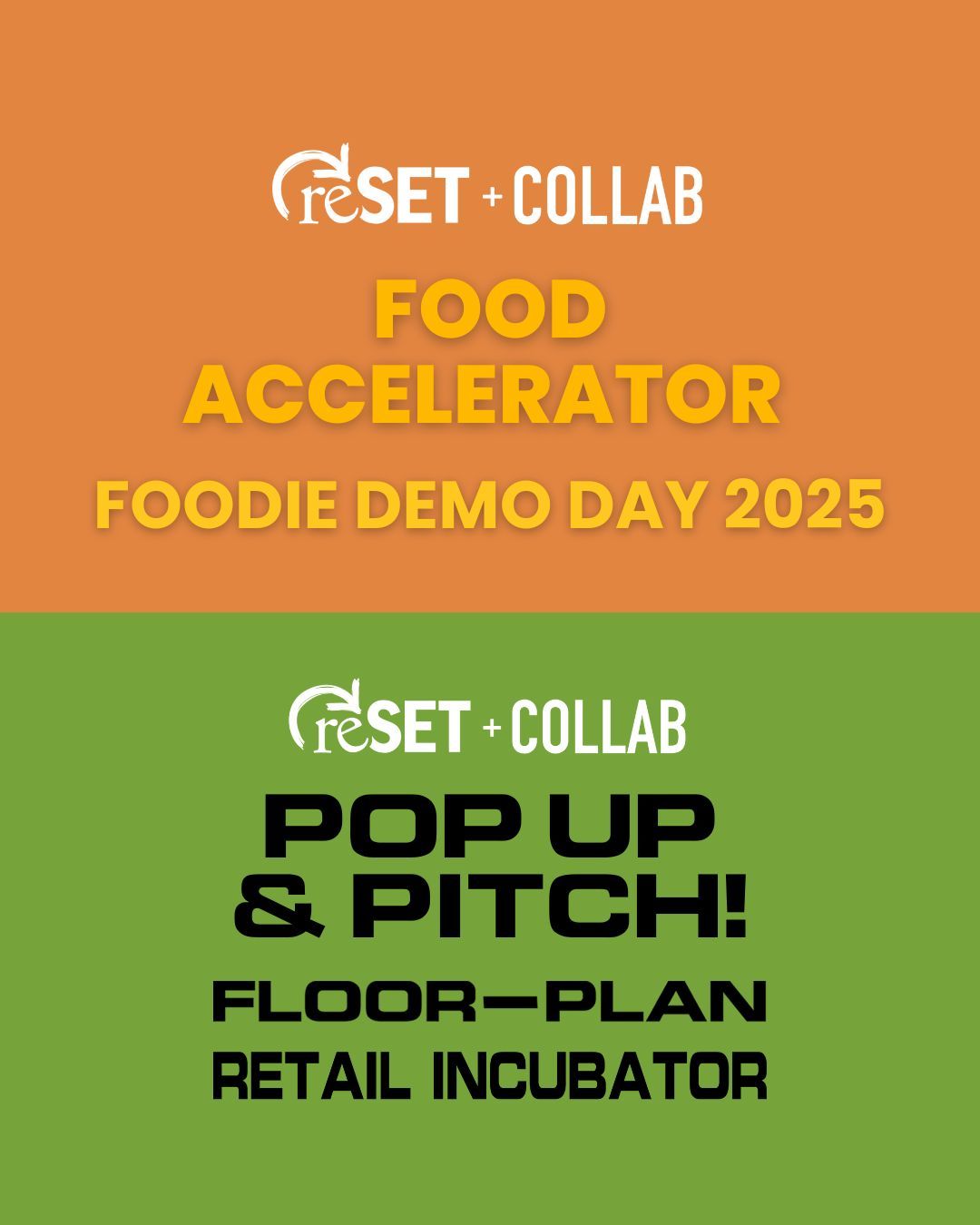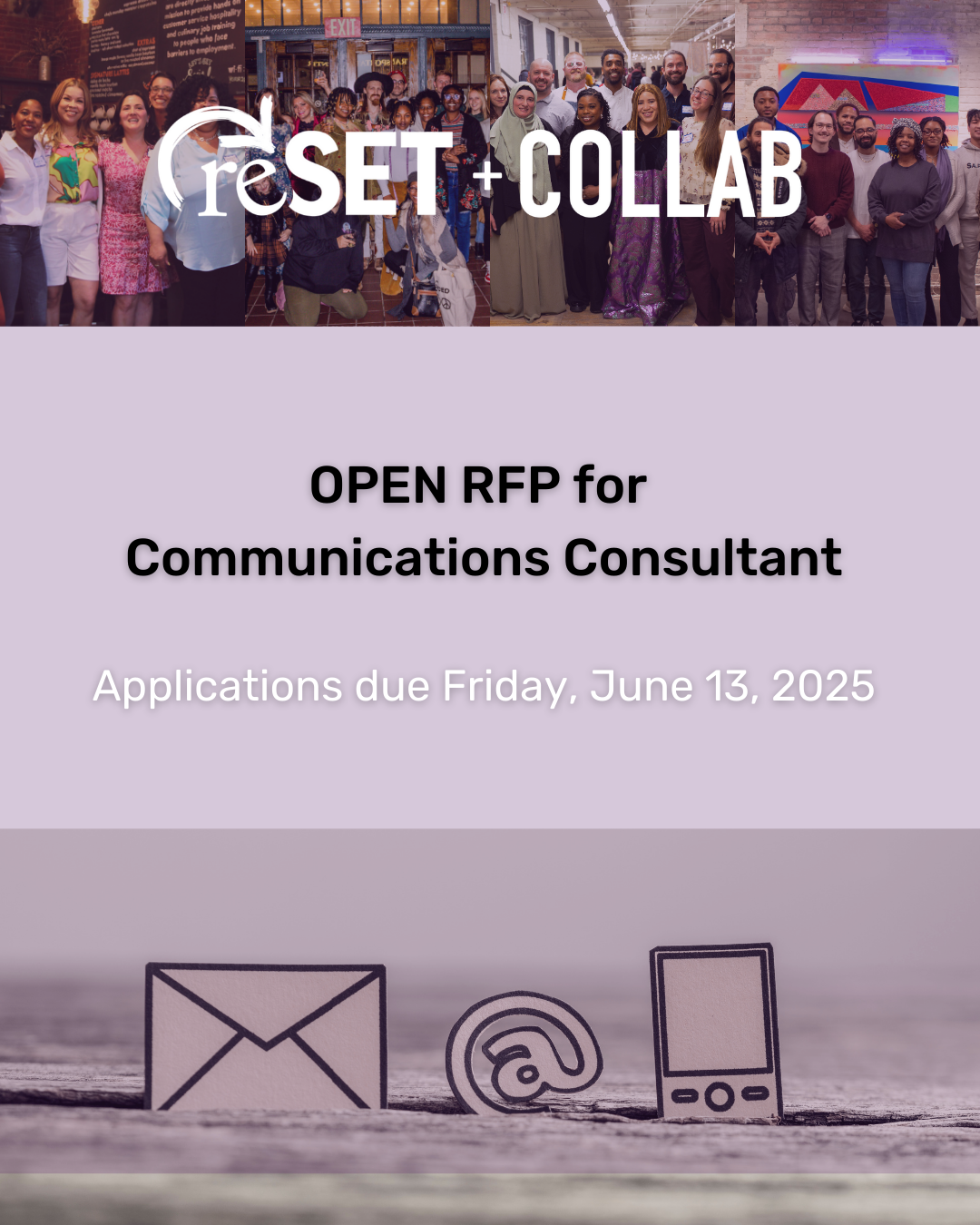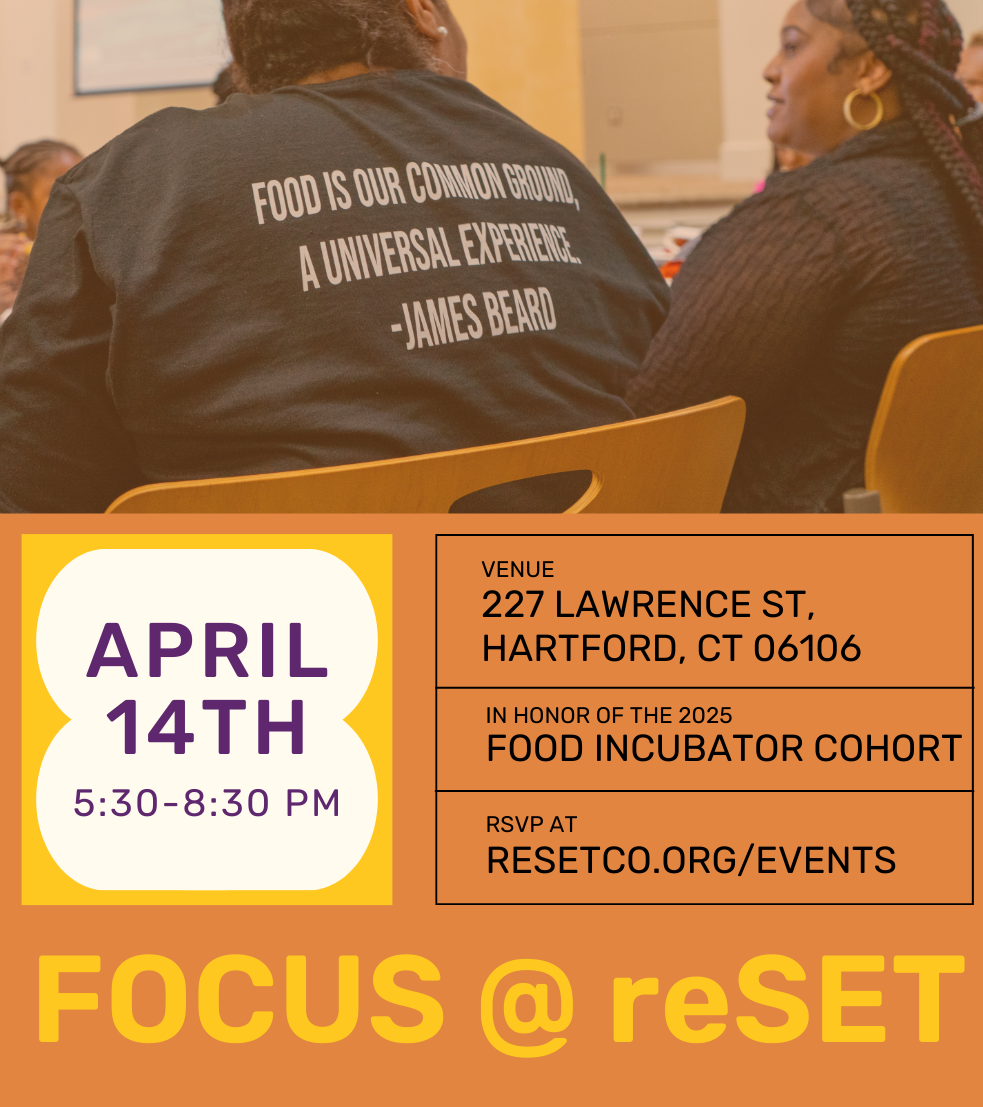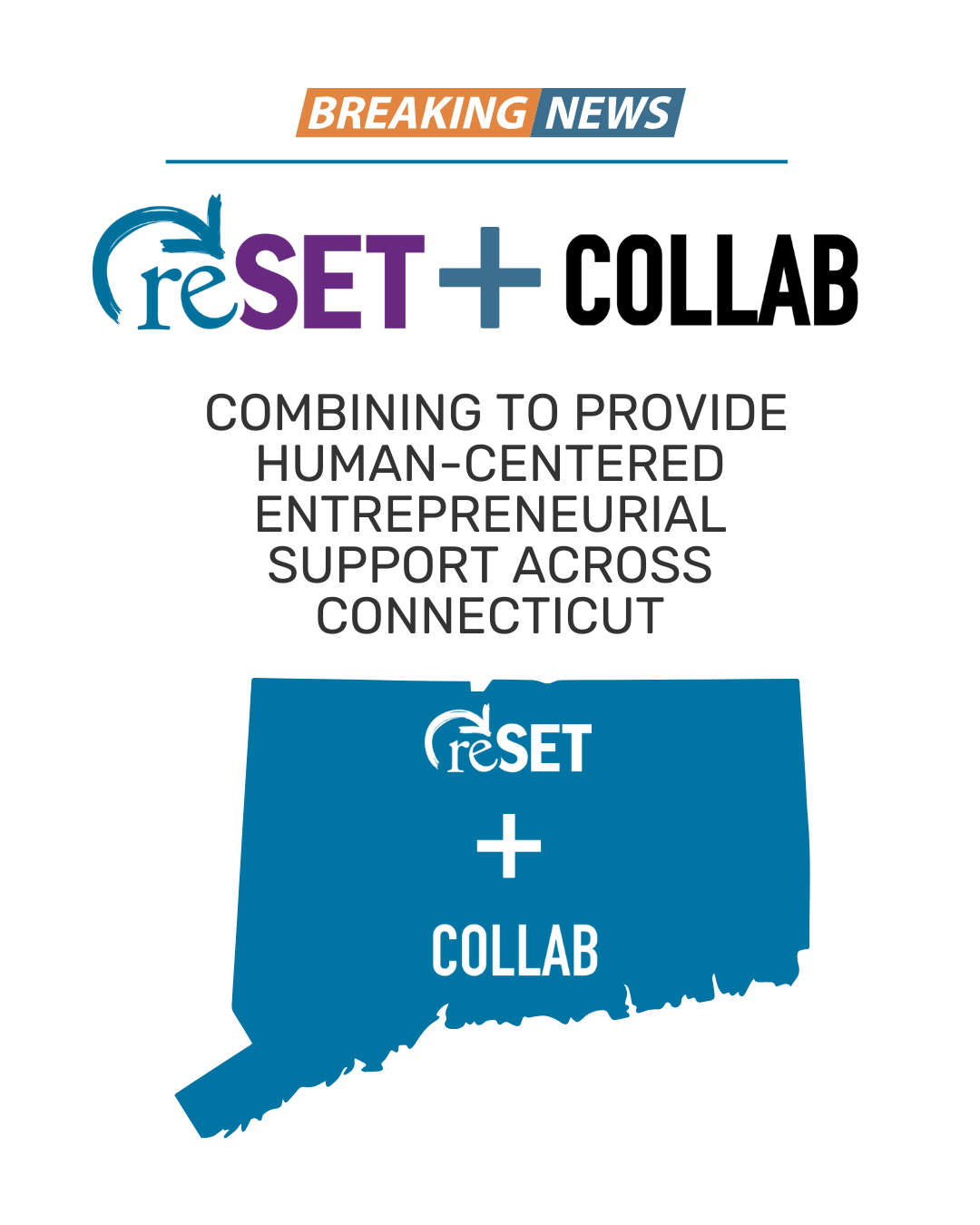This fall, reSET strengthened it’s Social Enterprise Accelerator by adopting Steve Blank’s LeanLaunch Pad, a technology platform that helps entrepreneurs develop methods for testing their concepts, recording information gained through customer interviews, and soliciting peer and mentor feedback. Understanding that the LeanLaunch Pad for Social Enterprise Accelerator requires entrepreneurs to fully dedicate themselves in order to bring their business concepts and strategies to market validation, Program Director, Michelle Cote offers entrepreneurs perspectives on using the Business Model Canvas.
Presenting Your Business Model Using the Business Model Canvas
By: Program Director, Michelle Cote
The Business Model Canvas was designed to assist entrepreneurs in two important ways:
1. To develop coherence among different pieces of their business; and
2. To identify and keep track of the assumptions that must be tested in order to maximize the value they can deliver to customers.
On its own, however, the Business Model Canvas isn’t a particularly good tool for presenting your business to other people. It needs you, the entrepreneur, to bring it to life. Here are some quick guidelines to help you translate all the planning and thinking that you have recorded on the canvas into a presentation that will inspire and motivate potential mentors, partners, investors, and other stakeholders to get involved.
Tell a Story When You Present.
Take some time to think about how to describe and sequence the information contained in each box so that it tells a story. As the founder of this venture, you know all the details, and have developed an intuitive sense for how they fit together. Your audience does not have that same level of experience to use as a frame of reference. So, when describing your business, do it one element at a time. As Steve Blank says, “I was always so puzzled that people would just throw up their Post-It Notes on the board and be done.” Instead, figure our which part of the model you should lead with. Generally a description of who you re trying to serve- NOT your product of service- is most helpful. Then, describe how all of the other parts of your business help you deliver as much value as possible to that customer. You’ll also want to be sure to demonstrate how this model will deliver a profit to you and your shareholders.
Steve also suggests limiting the amount of information that you put in front of an audience to help them develop a solid understanding of your business, “The worst thing you can do to explain your business model is put everything on the same slide right away. It’s cognitive murder. Information overload.” Instead, he suggests, “I get people to start with a blank canvas and then put up one Post-It Note at a time, walking through each and how they lead to one another. This is important to do even if you’re by yourself. It sounds something like: ‘I’m addressing this customer segment, and this is the job I want to get done. Today in the market, nobody does this job, so I am offering them this. They are willing to pay this much, but if I want to charge that, I’ll need key resources at these costs’.”[1]
Present with a Learning Orientation.
After you’ve spent so much time mapping and planning the various elements of your business, it’s really tempting to present your model as perfected, and to defend your reasoning against other interpretations, perspectives or suggestions. As an entrepreneur, you are a visionary; you see the path forward using a very particular lens and have the guts to pursue it against undefined odds. That is brave, and worthy of respect and recognition. But, most audiences won’t respond with respect and recognition first. Instead, they are going to interpret your presentation from their perspective. As a result, they will probably try to identify problems, suggest alternative strategies, or ask questions from a “worst case scenario” perspective. It can be difficult to hear this type of feedback― and even harder to respond graciously in the moment ― but don’t be discouraged. This is the type of feedback that you want to get when you present. And, you want as much of it as you can get!
If you shift your expectations for the result of your presentation, or everyday conversations about your business you will realize that the type of information delivered through the customer discovery process is available everywhere. It’s not confined to interviews or focus group discussions. If you can train yourself to seek it out and then capture it wherever you go, you and your business will benefit.
Talk about Your Assumptions and How you Are Going to Test Them.
Keeping the customer discovery and validation process alive and productive rather than overwhelming and frustrating is much easier when you invite input and facilitate the dialogue. One of the best ways to do this is to be candid with your audience about the parts of your business model that are based on untested assumptions. The very act of admitting that you are still working out the details, being transparent about the considerations and decision points that you are facing will help you engage your audience and get them in your corner. Taking this approach invites others to step into your shoes and helps them to frame their suggestions in a spirit of support rather than criticism. They may even offer to help you with the tools, time, or other resources needed to test your hypotheses or make critical decisions.
Help Your Audience Understand and Share Your Dreams.
Even more effective than identifying where you are and the decisions that you need to make is helping people understand where you are going and what you need to get there. If you suggest ways that your audience can participate in this process during your presentation, you’ll be more likely to cultivate the support and resources you need to succeed. People love to fall in love with big dreams and new ideas – especially those that are audacious, ground-breaking and limit-busting. We’ve seen it and experienced it ourselves a thousand times. The people who are best at harnessing that excitement are those that invite others to adopt their ideas, art, or business as a part of their own identities. Think of the musicians who turn into rock stars because they give people the opportunity to buy their music, come to shows, vote them to the top of the charts each week. In doing so, they give their fans a stake in making their dreams come true. The same principles apply in business. Any iconic brand that you can think of has found a way to convert their customers into supporters, fans, true believers. That process starts now, when you deliver the message one-on-one, and the possibilities of what might be capture your customers’ imaginations.
Each time You Present After Customer Development Interviews, Use The Following Out-Line As a Guide.
- These were my assumptions when I started
- This is who I talked to
- This is what I asked them
- This is what I learned
- These are the changes that I’m going to make to this portion of my business model as a result
- Did I create any true believers?








